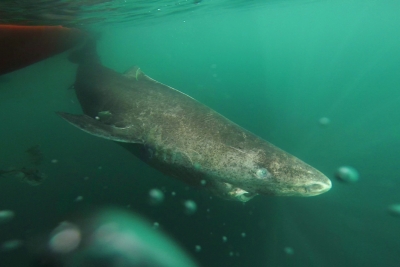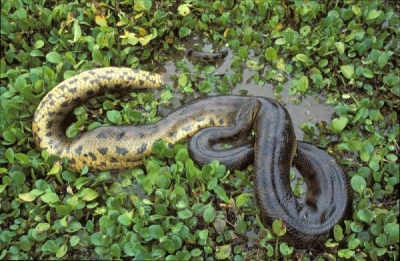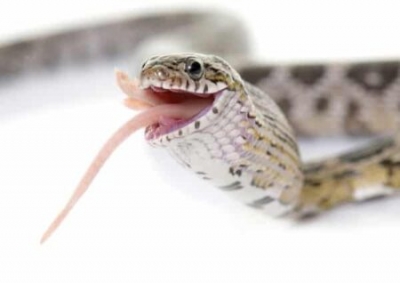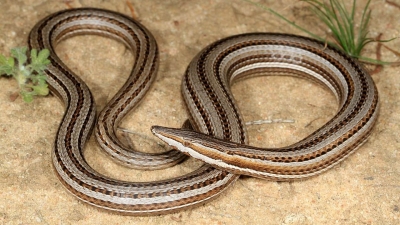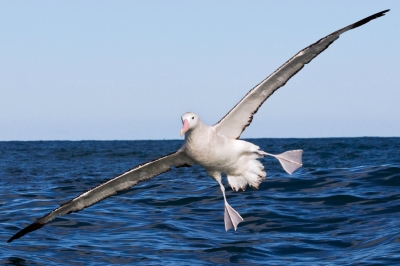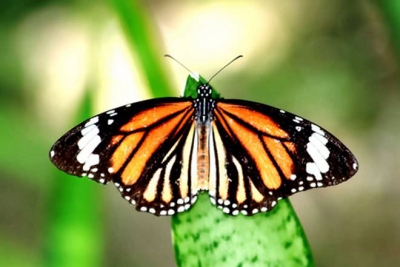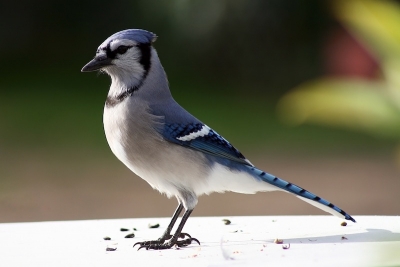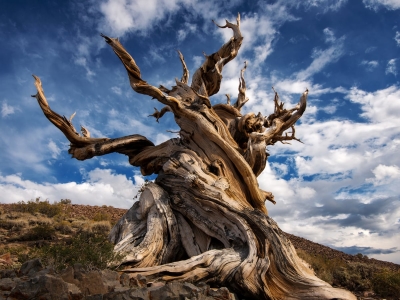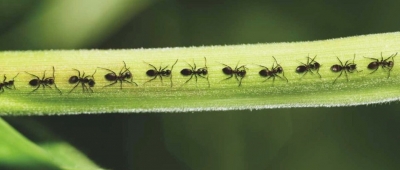What are the fun facts of lobster?
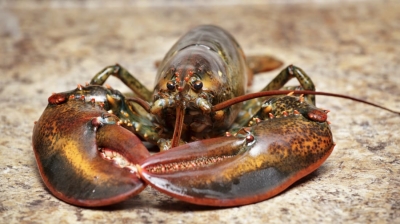
Lobster is an invertebrate that belongs to the crustacean family, living in the oceans across the world.
There are two kinds of lobsters - clawed and spiny. Clawed lobsters have claws and inhabit cold waters, while spiny lobsters have antennas instead of claws and inhabit tropical waters.
It has10 legs and a long tail with a fan-like tip. Its body is protected by a shell, which it sheds and grows periodically. Its diet includes fish, molluscs, worms, and crustaceans. Occasionally, it consumes algae and sea vegetation.
Lobsters eat voraciously after molting, and will often consume their own recently emptied shells. Eating the old shell replenishes lost calcium and hastens the hardening of the new shell.
Lobsters were once considered poor man’s food. In Colonial times the crustaceans were so plentiful in the northeast that they were often used as fertilizer, feed for farm animals, and as fishing bait. Because they were so cheap, they were only eaten by poor people and served to prisoners and servants.
Picture Credit : Google
